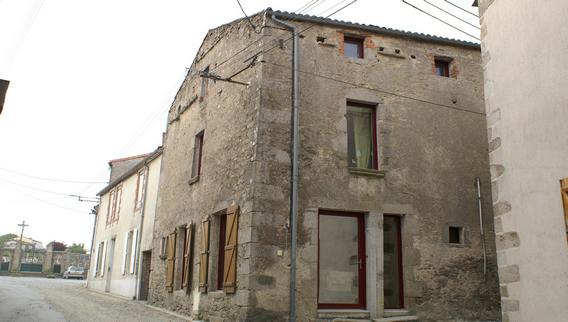Before the French Revolution, Saint-Laurent-sur-Sèvre was part of the province of Poitou, in an area of the country exempt from the salt tax known as the gabelle.
The same did not apply to Anjou, which was known as a grande gabelle province, because the tax on salt was between 20 and 30 times higher than in its neighboring area.
At that time, salting was one of the very few ways of conserving food, and therefore essential. So it wasn’t long before an entire system built on fraud and smuggling had evolved and operated everywhere, including Saint-Laurent-sur-Sèvre.
In an attempt to stop this illegal trade, the throne instructed its regional representatives – the Fermiers Généraux – to collect the tax and use their tax collectors to crack down on the smugglers.
Accused of delay, bad faith, fraud and even violence, these tax collectors earned themselves a generally poor reputation.
Seen as a symbol of the old order, the hated and unfair salt tax was abolished following the French Revolution in 1790.
After the departure of the tax collectors, the house known as the Citadelle de Saint-Laurent was taken over by Perrine Merlet. Between 1830 and 1840, the charitable works of this lady resulted in the house becoming known as La Providence or Logis Chacun, the home of all.


